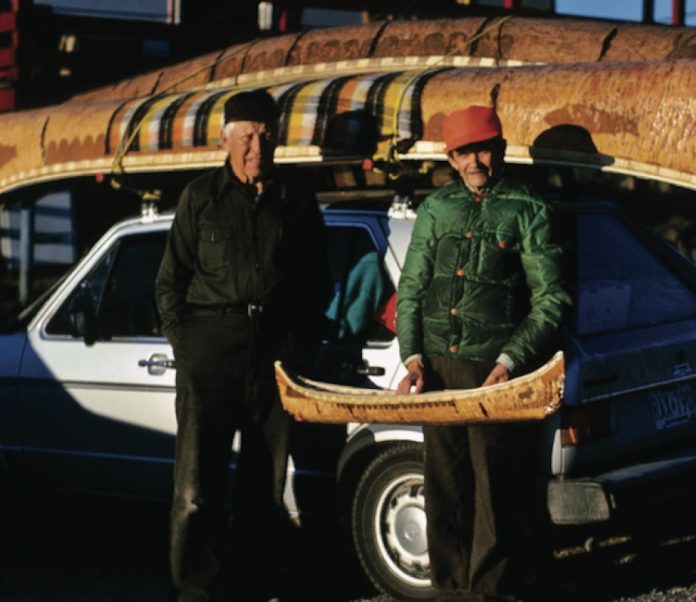Justine Curgenven knows all about risk. Not only on the water—paddling huge surf, fighting gale winds and fierce currents on harrowing expeditions—but also in life. She gave up everything—a stable job, home and income—to pursue her passion: sea kayak filmmaking.
After five years of poverty, uncertainty and hard work, it’s paying off. The films in her This is the Sea series (number three comes out this spring) are winning awards and selling fast. better yet, she is internationally renowned as the pioneer of the all-new adventure sea kayak film genre.
Her signature boat-mounted, eye-level camera shots allow the viewer to be right on the water, driving through surf, edging to maintain balance, sweeping down the face of a wave. From your armchair, you can taste the salt.
“No one was doing that,” says Justine. “There’s not a single [other] sea kayaking video that’s just fun and inspirational and non-instructional. There are tons for skiing, mountain biking and whitewater kayaking. I just saw a huge gap and went for it.”
Her early career was in television journalism. She worked long hours and there was little time left for outdoor adventure.
She quit her day job, but struggled to sell her clips. Although she aired on National geographic and sold footage from the 2001 California World Surf Kayak Championships to U.K. stations, the successes were rare and barely paid the bills.
That meant living for two years at the Anglesey Sea and Surf Centre in North Wales, producing their series of promotional videos. Her pay: free room and board as well as lessons and experience paddling with the U.K.’s best, including founder Nigel Dennis.
“That’s when something tweaked,” she says. “I had so much freedom, no big expenses, lots of time to paddle, film and experiment, time to make a break.”
Thanks to the Anglesey video’s success, Justine was invited to paddling symposiums the world over, kayaking and shooting with local experts on the side. She gathered an impressive range of international footage for This is the Sea on a shoestring, featuring top paddlers like Nigel Foster, Chris Duff and Malligiaq Padilla.
“People say, ‘yeah right, an exciting sea kayaking video’,” says Justine, “but when they look at my footage it’s, ‘Wow that’s great. I’ve never seen sea kayaking look so good’.”
IN OTHER WORDS:
Don’t chase the dollar: “It’s not about the money. It’s about having con- fidence in your dreams and your abilities. When I first came out with this, a lot of people didn’t think I would make it work and I have.”
Do quit your day job: “I wanted to combine my passion with filming. After working proper jobs for three years, I realized I just couldn’t do both.”
Do whatever you feel like. Gosh!: “I decided to stop waiting for people to give me permission to do what I wanted to do. I just went ahead and did it.”
Use guerrilla tactics: “I didn’t have any money to do marketing. You’ve just got to talk to as many people as you can who have a link to what you’re trying to do.”
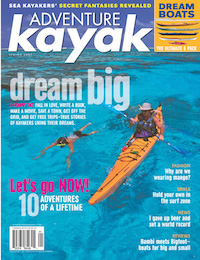 This article first appeared in the Spring 2007 issue of Adventure Kayak Magazine. For more great content, subscribe to Adventure Kayak’s print and digital editions here.
This article first appeared in the Spring 2007 issue of Adventure Kayak Magazine. For more great content, subscribe to Adventure Kayak’s print and digital editions here.



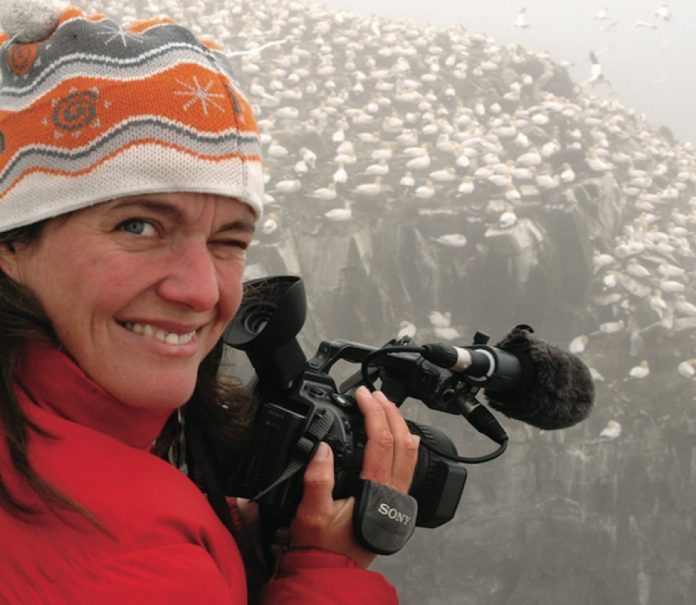
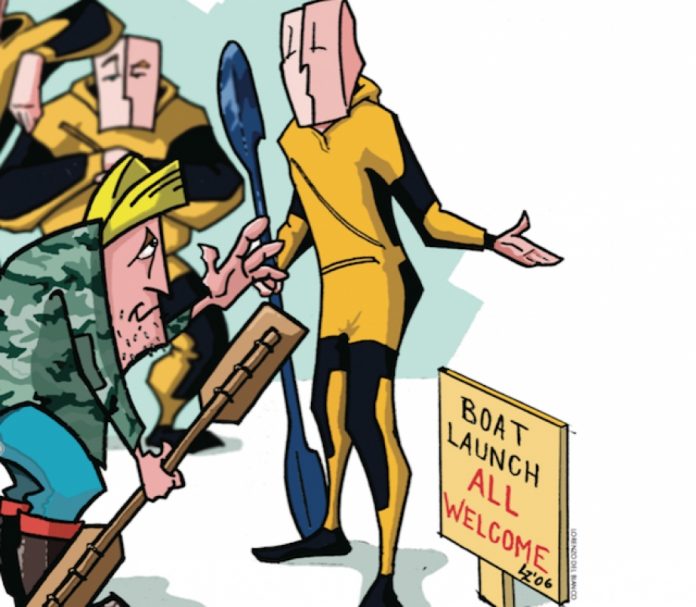
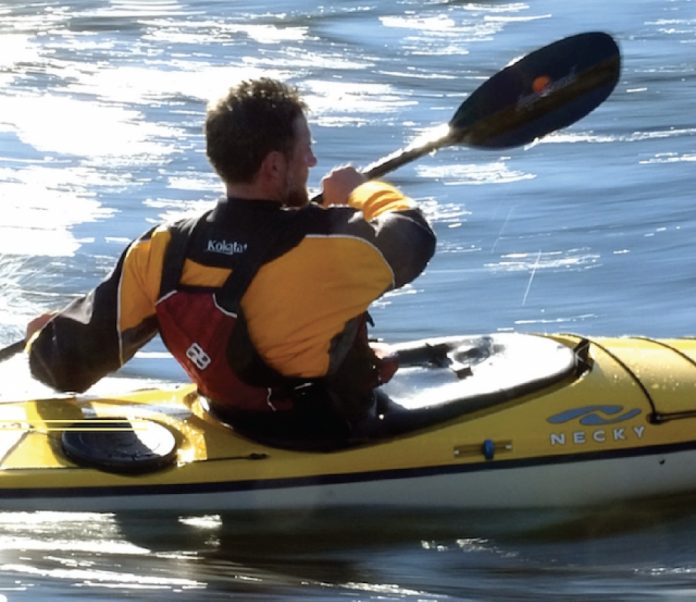

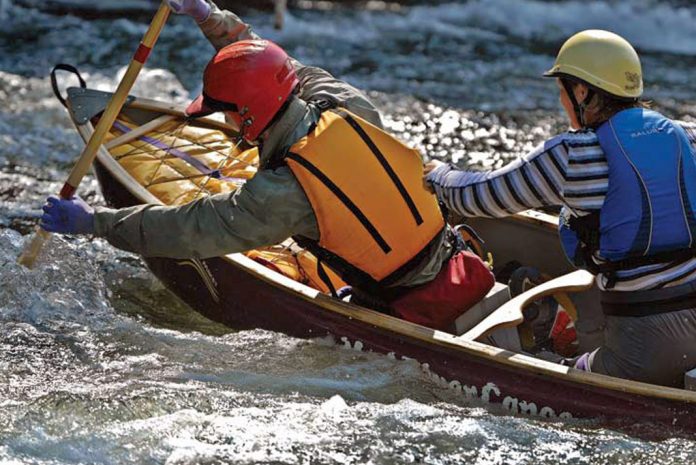

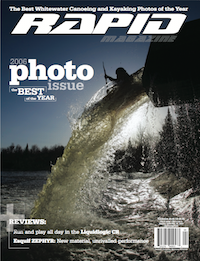 This article first appeared in the Fall 2006 issue of Rapid Magazine. For more great content, subscribe to Rapid’s print and digital editions
This article first appeared in the Fall 2006 issue of Rapid Magazine. For more great content, subscribe to Rapid’s print and digital editions 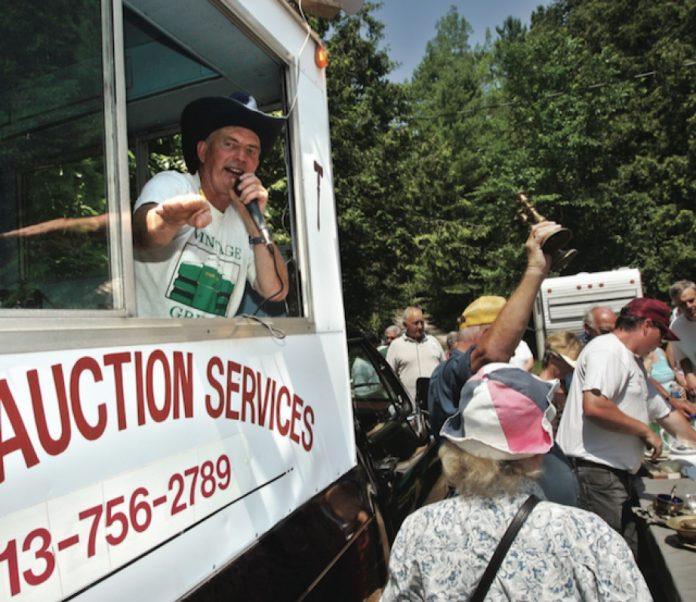
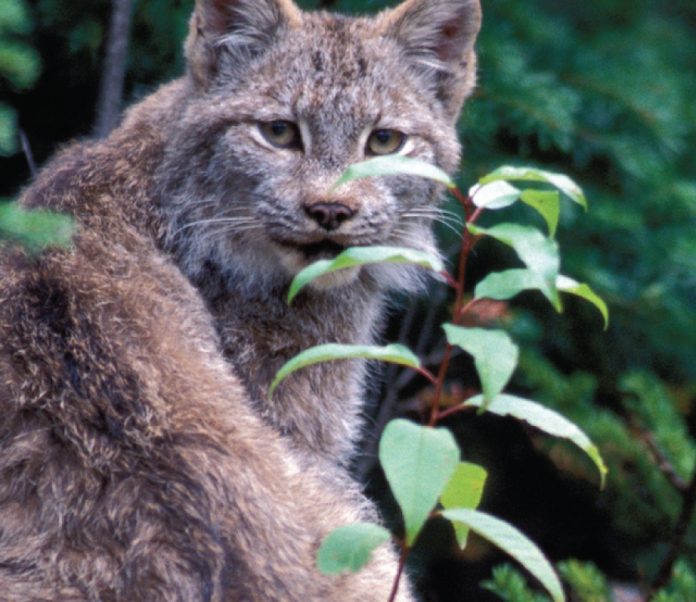
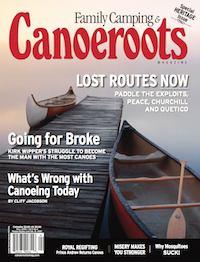 This article first appeared in the Fall 2006 issue of Canoeroots Magazine. For more great content, subscribe to Canoeroots’ print and digital editions
This article first appeared in the Fall 2006 issue of Canoeroots Magazine. For more great content, subscribe to Canoeroots’ print and digital editions 
